E-commerce Expansion
The rapid expansion of e-commerce is significantly influencing the Shipping Container Liner Market. As online shopping continues to gain traction, the demand for efficient shipping solutions has escalated. E-commerce platforms require reliable and timely delivery of goods, which in turn drives the need for containerized shipping services. Recent statistics indicate that e-commerce sales are expected to reach over 6 trillion dollars by 2024, creating a substantial demand for shipping containers. This trend is likely to encourage shipping companies to enhance their services and invest in more container capacity, thereby positively impacting the Shipping Container Liner Market. The interplay between e-commerce growth and shipping logistics is expected to create new opportunities for liner operators.
Increasing Trade Volumes
The Shipping Container Liner Market is experiencing a notable surge in trade volumes, driven by the expansion of international trade agreements and economic growth in various regions. As countries engage in more trade, the demand for shipping containers increases, leading to a higher utilization of liner services. According to recent data, containerized trade volumes are projected to grow at a compound annual growth rate of approximately 4.5% over the next five years. This growth is likely to stimulate investments in shipping infrastructure and liner services, thereby enhancing the overall efficiency of the Shipping Container Liner Market. Furthermore, the rise in trade volumes necessitates the development of more sophisticated logistics solutions, which could further bolster the demand for container liners.
Technological Innovations
Technological advancements are playing a pivotal role in shaping the Shipping Container Liner Market. Innovations such as automated container handling systems, real-time tracking technologies, and advanced cargo management software are enhancing operational efficiency and reducing costs. The integration of Internet of Things (IoT) devices in shipping containers allows for better monitoring of cargo conditions, which is crucial for sensitive goods. Moreover, the adoption of blockchain technology is streamlining documentation processes, thereby reducing delays and improving transparency in shipping operations. As these technologies continue to evolve, they are expected to drive further growth in the Shipping Container Liner Market, making it more competitive and responsive to market demands.
Sustainability Regulations
The increasing emphasis on sustainability is reshaping the Shipping Container Liner Market. Governments and regulatory bodies are implementing stricter environmental regulations aimed at reducing carbon emissions and promoting eco-friendly practices in shipping. This shift is prompting shipping companies to invest in greener technologies, such as fuel-efficient vessels and alternative energy sources. The International Maritime Organization has set ambitious targets for reducing greenhouse gas emissions from shipping, which could lead to a transformation in the Shipping Container Liner Market. Companies that proactively adopt sustainable practices may gain a competitive edge, as consumers increasingly favor environmentally responsible shipping options. This trend is likely to drive innovation and investment in sustainable shipping solutions.
Global Supply Chain Resilience
The need for enhanced supply chain resilience is becoming increasingly apparent in the Shipping Container Liner Market. Recent disruptions in global supply chains have highlighted vulnerabilities, prompting companies to rethink their logistics strategies. As businesses seek to mitigate risks associated with supply chain disruptions, there is a growing demand for reliable shipping services. This trend is likely to lead to increased investments in container shipping capacity and infrastructure, as companies aim to ensure continuity in their operations. Furthermore, the focus on building resilient supply chains may encourage collaboration among shipping companies, manufacturers, and logistics providers, thereby fostering innovation within the Shipping Container Liner Market. The emphasis on resilience is expected to shape the future landscape of shipping logistics.


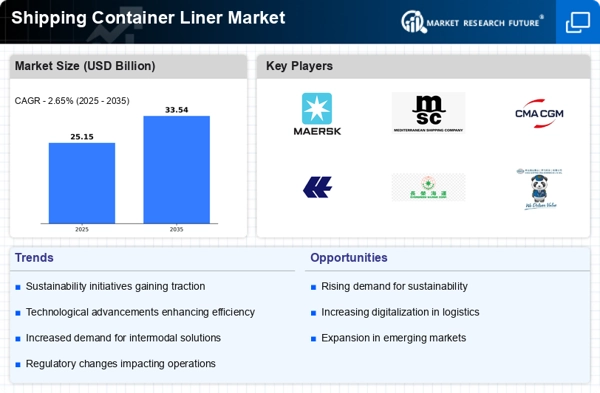
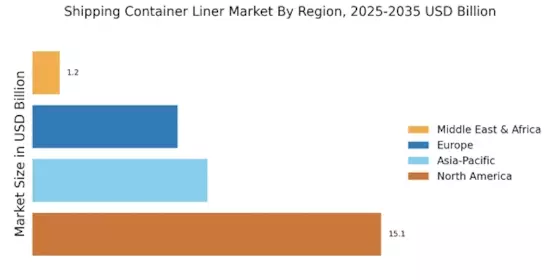
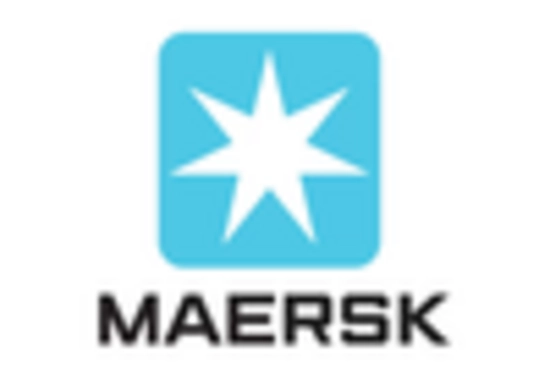

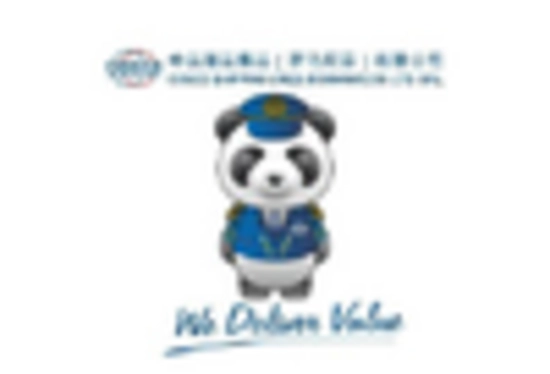

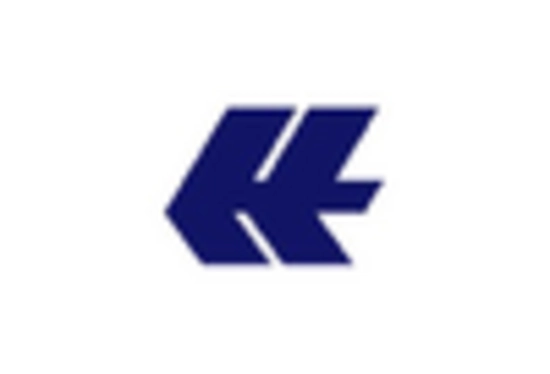
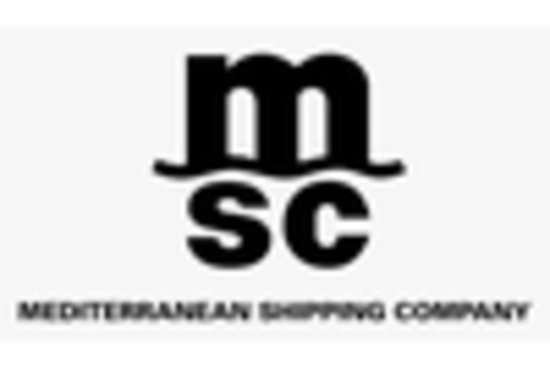








Leave a Comment